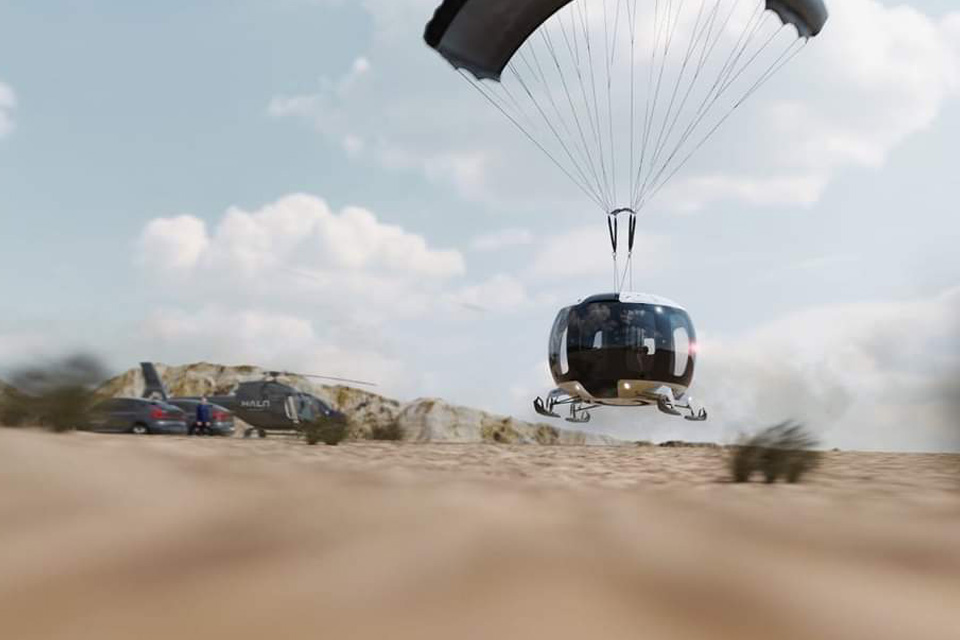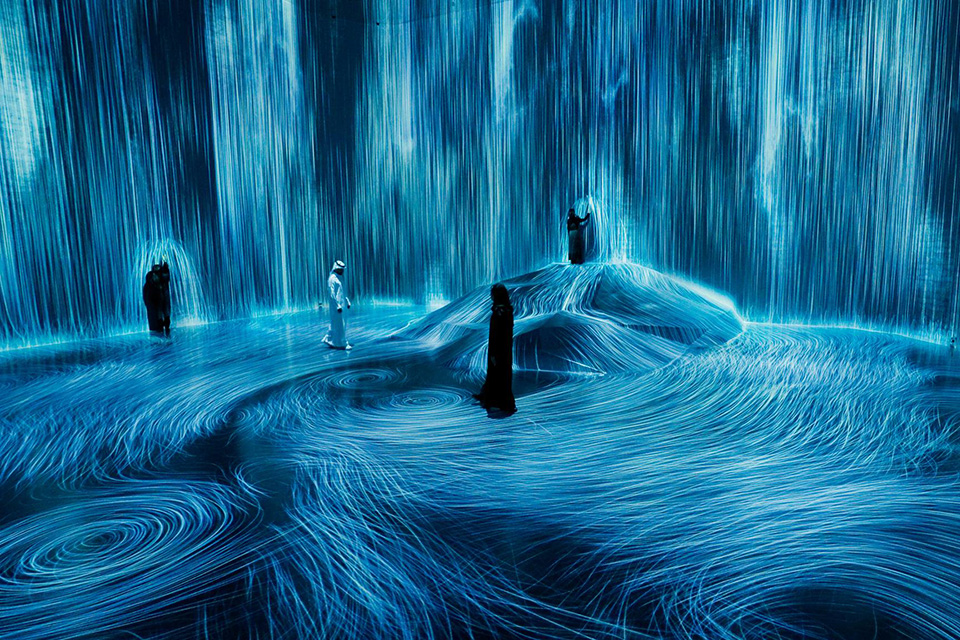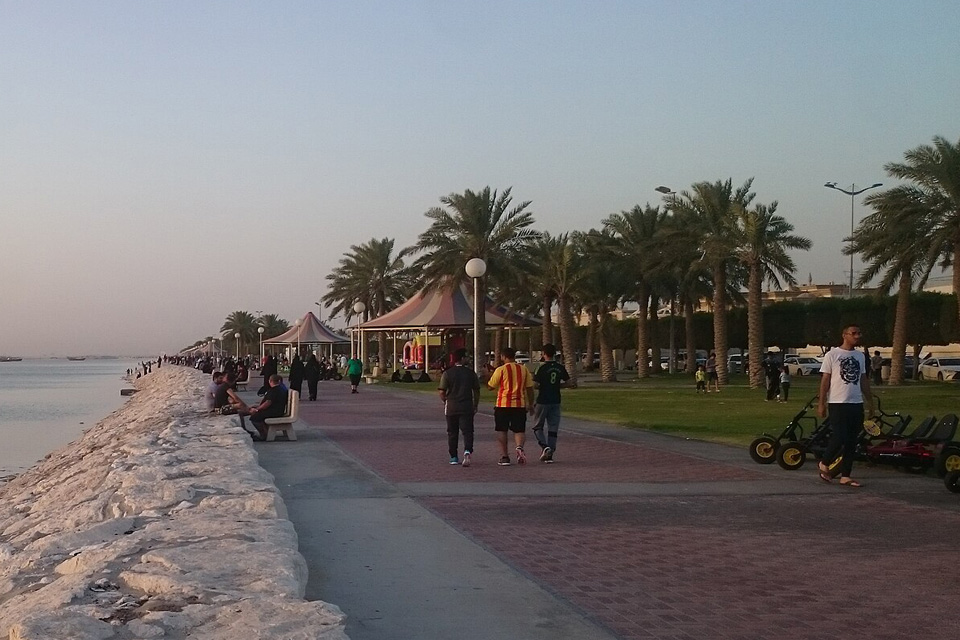- News
Waba Crater Among Top 100 Geological Sites
The Waba Crater was selected among 174 nominated geological heritage sites from all over the world, helping promote geological tourism.
UNESCO and IUGS have nominated Saudi Arabia’s Waba Crater among the top 100 geological heritage sites in the world. This was according to the Saudi Geological Survey spokesman, Tariq Aba Al-Khail. UNESCO stands for the United Nations Educational, Scientific & Cultural Organization, while IUGS stands for the International Union of Geological Sciences.
Al-Khail remarked, “Al-Wahbah Crater, along with other selected geological sites around the world, are inspiring destinations that contribute to promoting geological tourism & developing geological sciences, providing unique opportunities to spread knowledge in the field of earth sciences.”
Before the nomination of the Waba Crater, a committee of 89 geological experts conducted an evaluation. UNESCO and IUGS chose the crater among 174 sites that were also nominees for the top 100 geological landmarks list. Apart from Saudi Arabia, countries such as Canada, China, Egypt, Finland, Iceland, New Zealand, and the USA also submitted entries. Another destination listed on a UNESCO list, the UNESCO World Heritage site list, in particular, is the Historic Jeddah District.
About the Waba Crater
People also refer to the Waba Crater as the Al-Wahba Crater, the Tamiya Quarry, Maar Volcano, or Maqla Tamiyyah. It is in the volcanic field of Harrat Kishb, some 270 kilometers northeast of the Saudi city of Jeddah.
According to Al-Khail, the Waba Crater is one of the largest dry volcanoes on earth. It is also the deepest and largest volcano in Saudi Arabia. It comprises a single-origin volcanic field made up of 175 small volcanoes spanning an area of approximately 6,000 square kilometers. The age of the small volcanoes ranges from a few thousand years to two million years old.
Apart from these features, green vegetation, amazingly, also grows surrounding its rim and slopes. There are even palm trees and shrubs. Tourists can visit Waba Crater by driving from Jeddah or Taif or availing of the services of a guide. It is possible to drive around the crater’s rim or hike down to the crater’s floor.
How the crater was formed
In addition, the Saudi Geological Survey spokesman also noted that the Waba Crater formed around 1.1 million years ago. It is 250 meters deep, with a diameter of 2.3 kilometers. It also has a shallow lake or a salt basin due to the amount of rainwater.
Sodium phosphate crystals cover the bottom of the crater. Experts previously presumed that a meteorite had formed the Waba Crater, because it looks like the Barringer Crater. Also because it is circular in appearance and has high sides. The Barringer Crater is an impact crater or a meteor crater in northern Arizona, United States.
These days, geologists now refer to the Waba Crater as a maar crater because it was formed by volcanic activity. In particular, an underground phreatic eruption formed the crater. This occurs when magma heats groundwater or surface water, causing an explosion of steam, water, ash, or hot rocks.
Photo from Wikimedia Commons < https://commons.wikimedia.org/wiki/File:Wahbah_Crater_Panorama.JPG >






